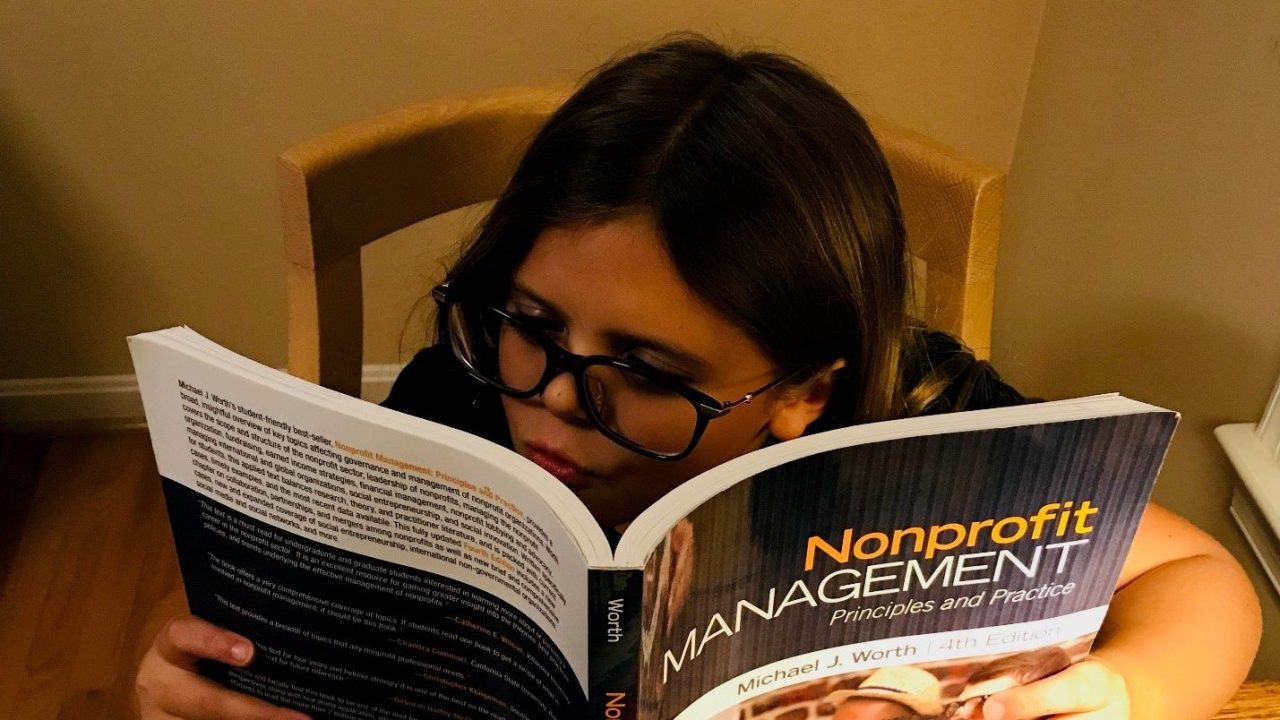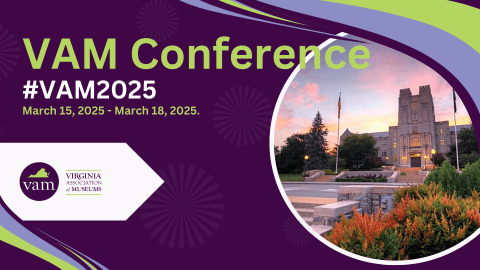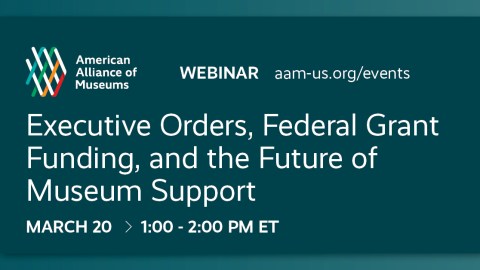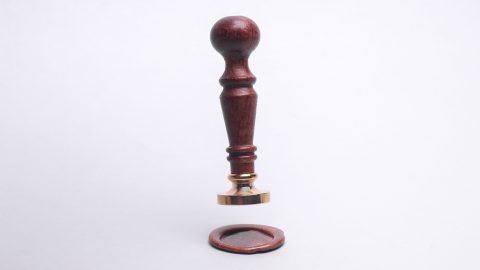
In my last article for AAM on welcoming the next generation of board leadership, I encouraged young people who were interested in board service to develop their leadership skills and create opportunities at the museums they love. This is easier said than done. I got some very positive responses from next-gen changemakers in the Twitterverse and some requests for help figuring this all out. Now I want to take this conversation further—because it’s not just an issue for younger generations but for other underrepresented groups as well—and share with the museum community what I’ve been saying in one-on-one conversations with people I meet. This article will arm prospective museum trustees with the resources to get started on the path to board service.
There is a preconception that nonprofit boards are, and will always be, inaccessible to younger people, those not born into the 1 percent, or those who weren’t raised with a culture of board service. This assumption that boards are not for “people like me” keeps many people with valuable skills out of the museum boardroom, largely because they don’t know where to start or whom to ask. Darren Walker, president of the Ford Foundation, has become an outspoken advocate for expanding trusteeship to people who can give to museums in other ways, which hopefully will encourage many museums to rethink their approach to trusteeship. As the field moves toward embracing board diversity and seeking out people with different backgrounds, it’s important to make sure that potential trustees are not self-selecting out of the process because it seems daunting. If you’re undaunted and want to hear more about how you can bring your skills and enthusiasm to a museum you love, keep reading.
Get Involved
This might seem like the simplest and most obvious advice, but the first thing a prospective trustee has to do is to jump in. Mailing back a donation request or signing up for a membership to get a free magazine is not what I mean. I’m talking about active engagement: regularly attending events, volunteering at an annual festival, and getting to know the staff. Sure anyone with enough money can show up, write a check, and assume a leadership position, but museum sustainability in the future will depend on active engagement from board members, and that means intentional relationship-building over time. It’s also ok to cold call development staff to say, “Your institution means something to me, how can I get involved?” It may not mean you’ll get a board seat right now, but it gets you on their radar, and you never know what kind of opportunities will come your way once you’ve demonstrated enthusiasm and a willingness to raise your hand.
Get Smart on Governance
Many people join boards because they want their photos in the social pages, and they might have no intention of doing the hands-on, roll-up-your-sleeves kind of work a nonprofit requires. But to be an effective trustee, you need to have a solid understanding of the obligations and a willingness to work hard. If you had asked me ten years ago what a governing board does and what the expectations are of a board member, I would have given a pretty vague answer. No one is born a governance genius, so it’s something you can either start learning now or wait until you’ve been thrown into the fire. We owe it to our museums, which are built on a foundation of education, to show that we are committed to continuous learning about how to govern an institution. BoardSource is an excellent resource on board roles and responsibilities that people generally don’t think to turn to before they’re board members. They also have a resource for prospective board members, which is a great starting point.
Look for Smaller Organizations
If you’re still early in your career or are stretched thin by other financial commitments, you might find that your dollar goes further with a smaller museum. Organizations with a smaller operating budget or smaller membership base typically will have lower giving requirements to join the board. This can be your foot in the door to serving on a board now, and it’s a great way to help smaller organizations grow. Many donors also will probably judge that they can have greater impact at a small organization, which is particularly important to younger generations. It’s probably no surprise that smaller nonprofit organizations tend to have more board members under forty. There is also a trend of donors giving more money to fewer institutions, which can help put board service more easily in reach.
Start with an Advisory or Junior Board
Non-governing boards—which often focus on fundraising, programming for a particular group, and special events—do not have the same giving requirements as a full board, so they’re a great way to start demonstrating your leadership potential to a museum. Opportunities to serve on leadership councils of friends groups, on junior and advisory boards, and as non-members on committees of the governing board can deepen your connection with the museum, increase your understanding of the challenges facing the museum, and help you develop the leadership skills you’ll need for future museum board work and even for your day job. Some museums also have acquisition councils that give dedicated patrons some responsibility for recommending acquisitions for the collection, helping to prepare prospective trustees for the financial and curatorial decisions they will be making as future board members. In any of these roles, if there is interaction with the governing board, these positions can provide invaluable opportunities to learn from experienced trustees.
To ensure that this is a positive experience for all involved, my advice is to make sure you understand exactly what you’re getting into and what is expected from you—both in terms of time and financial obligations and in terms of responsibilities. I’ve heard stories of disappointment from eager volunteers who didn’t understand that they wouldn’t be directly involved in governance or making strategic decisions for the institution. When approached with open eyes, these positions can be incredibly rewarding ways to give back, network with people who share your passion, and surround yourself with things you love.
I think the museum community could use more trustees who are engaged not just in the boardroom but also outside the boardroom, and willing to participate in the public discourse about how we make trusteeship more accessible. I don’t believe the claim that museum board seats are always going to be inaccessible, mostly inherited positions. For many museums, it’s not that way now, and I don’t think it will always be that way for many more. I, for one, didn’t replace my parents on a board, but I’ve been strategic about what it takes to move into board service. I’ve found there are many energized and enthusiastic prospective board members out there who could use mentoring or simply a sounding board for how they want to contribute as museum leaders. I’ve been trying to do my part to connect experienced and prospective trustees, but it’s a conversation for all of us to be involved in.
About the author:
Christina Carr, an AAM member, serves on the board of the Museum Trustee Association and co-chairs the fundraising advisory board at the Smithsonian’s Freer Gallery of Art and Arthur M. Sackler Gallery. She is the author of the blog NextGenPatron where she writes about board diversity, next-generation donors, and her experiences as a younger board member. She is a recent graduate of Harvard University’s Master’s in Museum Studies program and a member of AAM’s Latino Network. Follow her @NextGenPatron.









In addition to the critical resources listed in this excellent piece, I would add Kenneth N. Dayton’s classic “Governance Is Governance” monograph. In my career as a nonprofit CEO & board member for various organizations over the years, I’ve recommended it numerous times to both staff and board members for its clear & elegant description of both entities’ responsibilities. According to the Independent Sector webpage: “This timeless commentary was originally a speech by Kenneth N. Dayton (1922-2003) to an Independent Sector (IS) Leadership & Management Forum in 1986. It was first published as a monograph in 1987, then updated in 1998 and again in 2001. Governance Is Governance is one of the most popular IS publications to date.” It is free & downloadable from this link https://independentsector.org/resource/governance-is-governance/
Some readers might wonder just what a “working board” is like. While the status of non-profit board members may frequently be reflections of their level of financial contributions, that is hardly the case with for-profit organization boards, and yet they should both share the same area of responsibility: providing organizational guidance. Beyond bake sales or annual fund drives, a board’s central task will often be to help develop organizational goals and help achieve them. https://corpgov.law.harvard.edu/2020/02/26/want-to-join-a-corporate-board-heres-how/
I loved reading this blog post, and now I’m curious about the newly retired (but still young) teacher who wants to get involved in museum boards. I taught K-12, and I also still teach Higher Ed. Is there a place in museums for former educators?
Dr. Audra Beberman